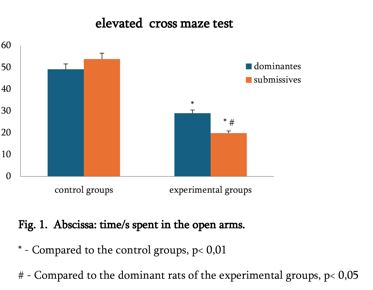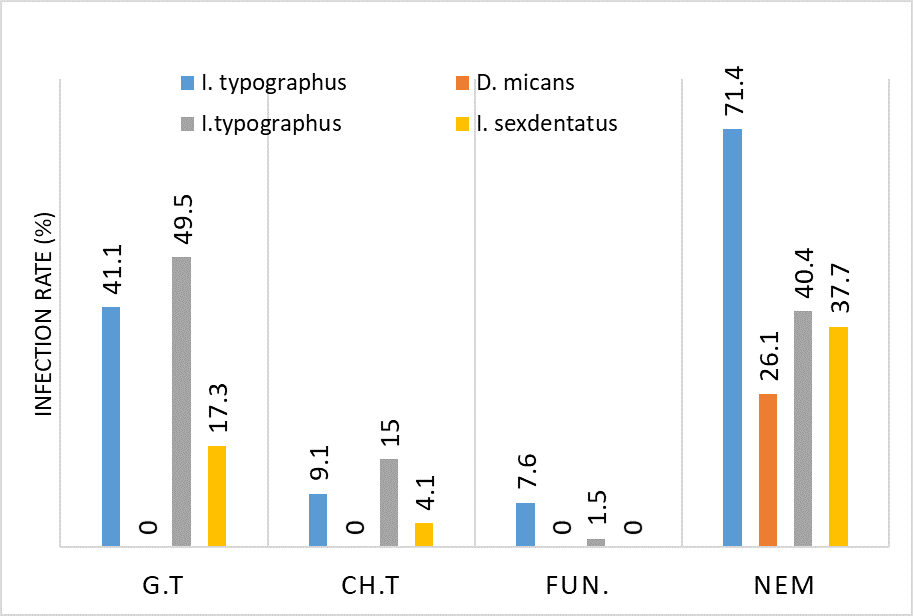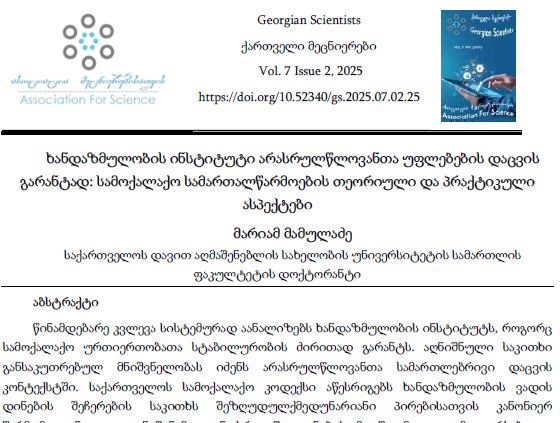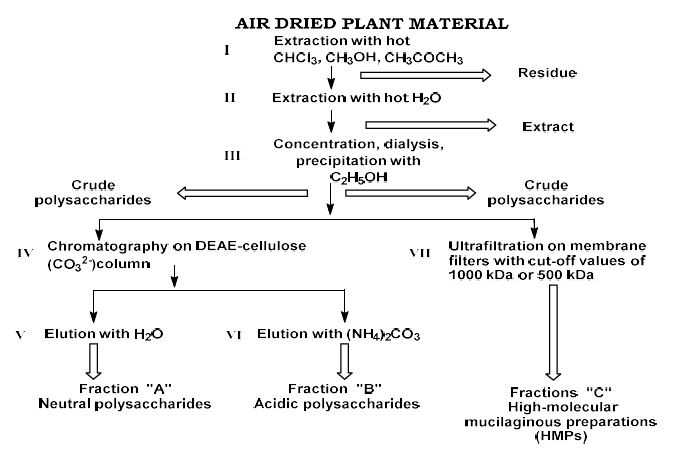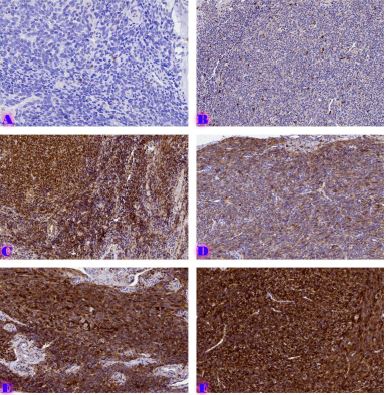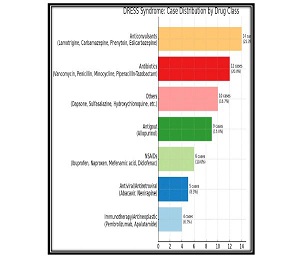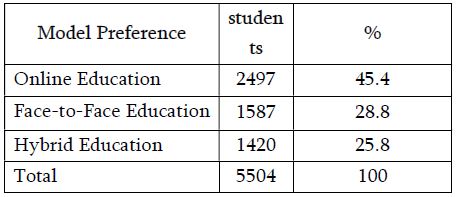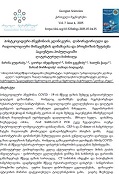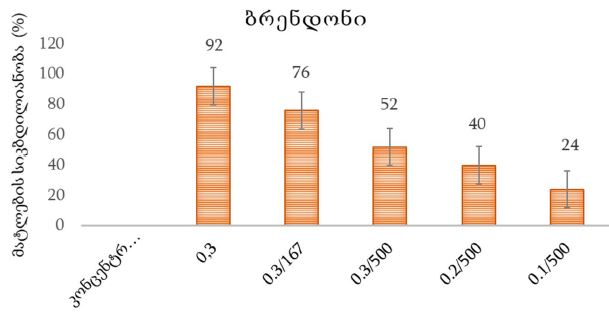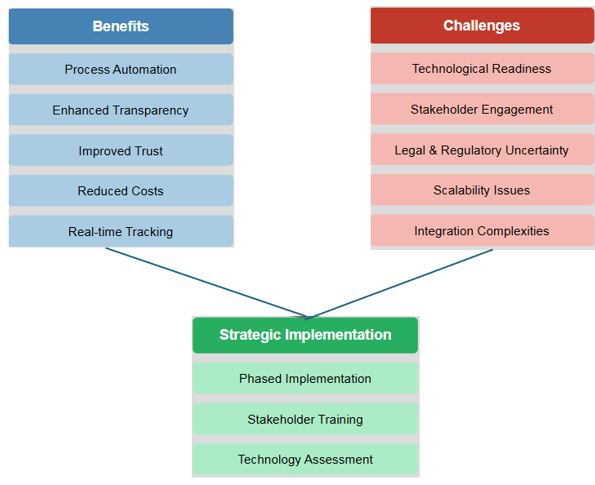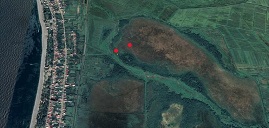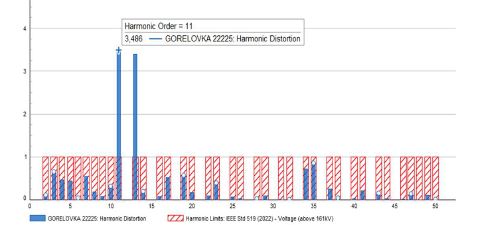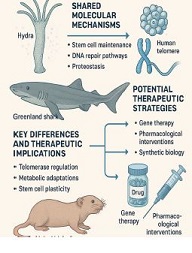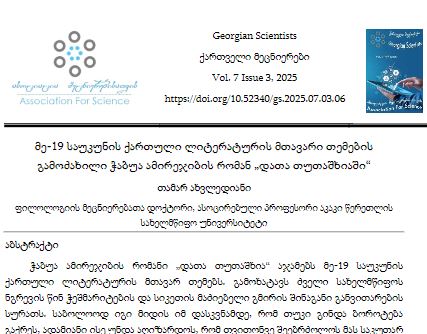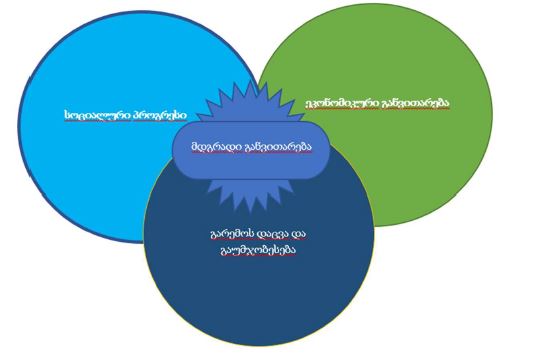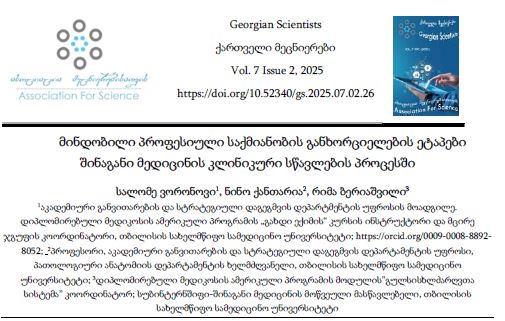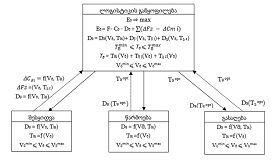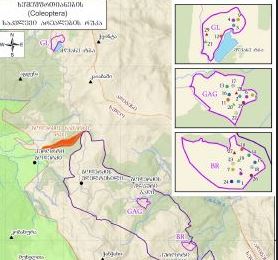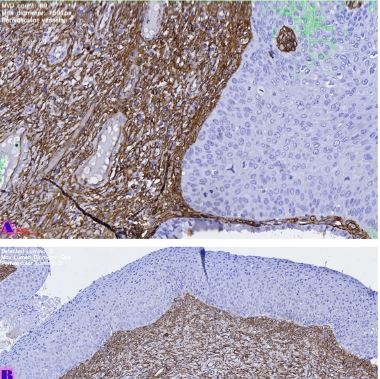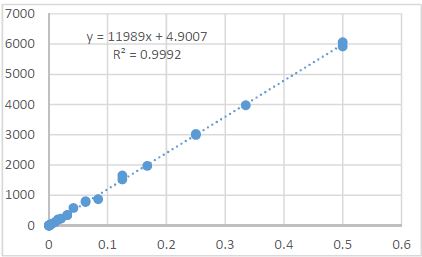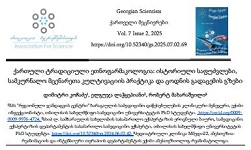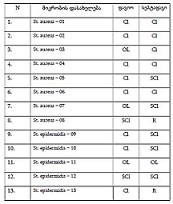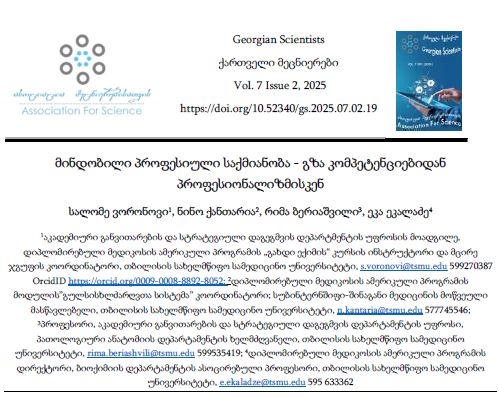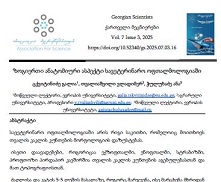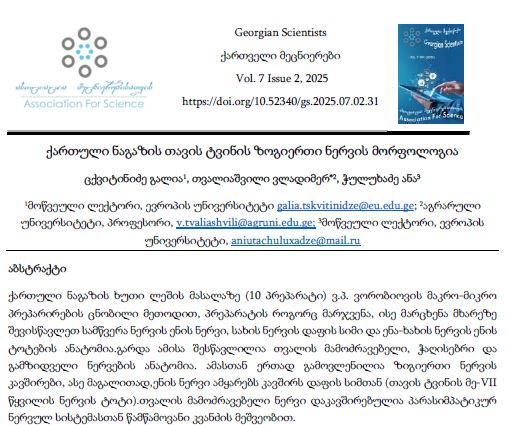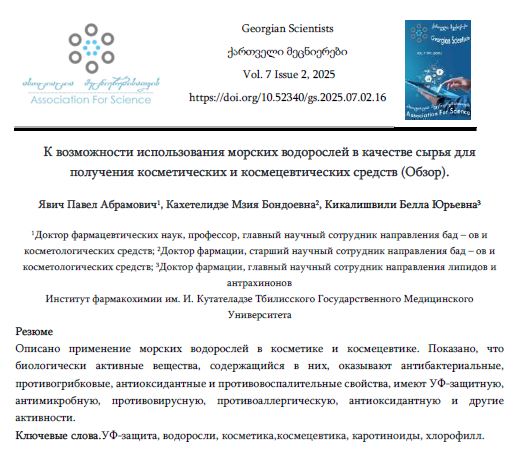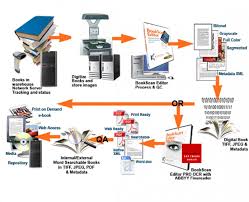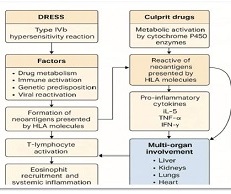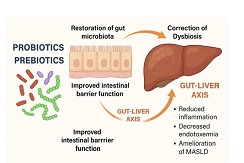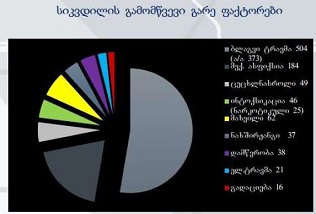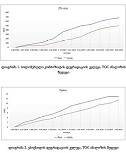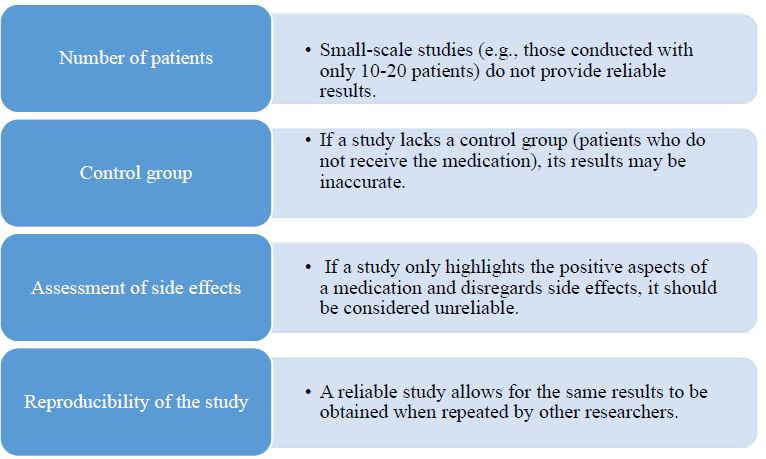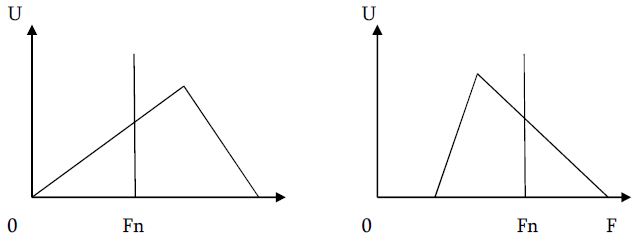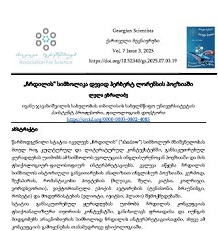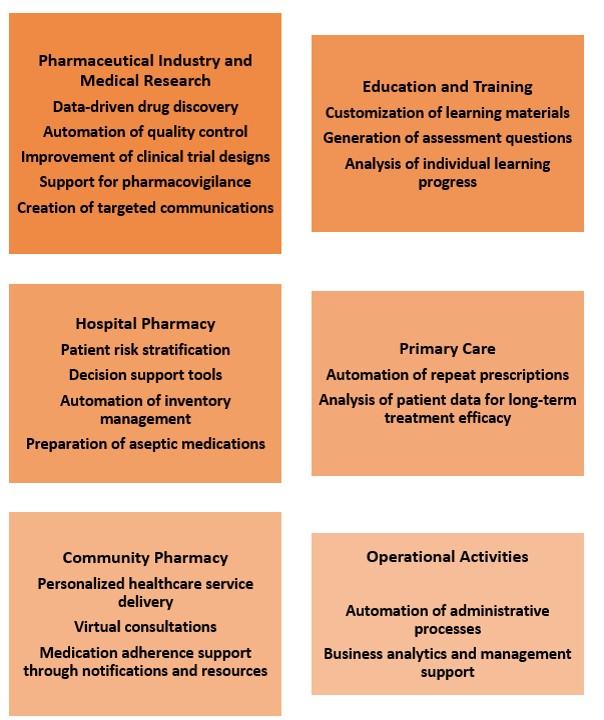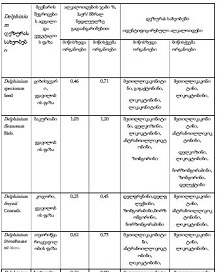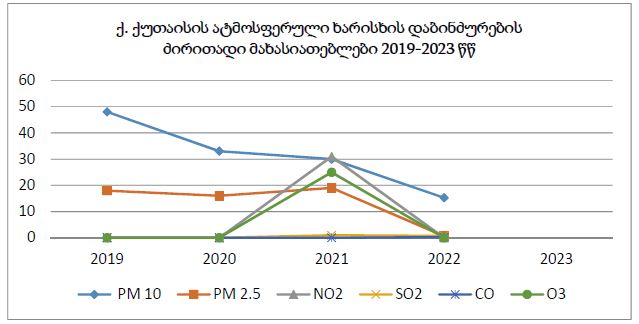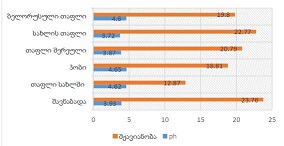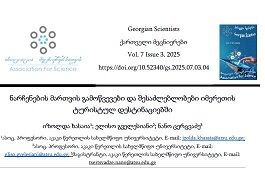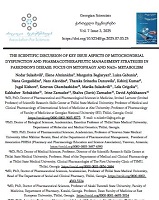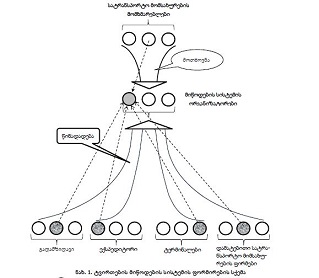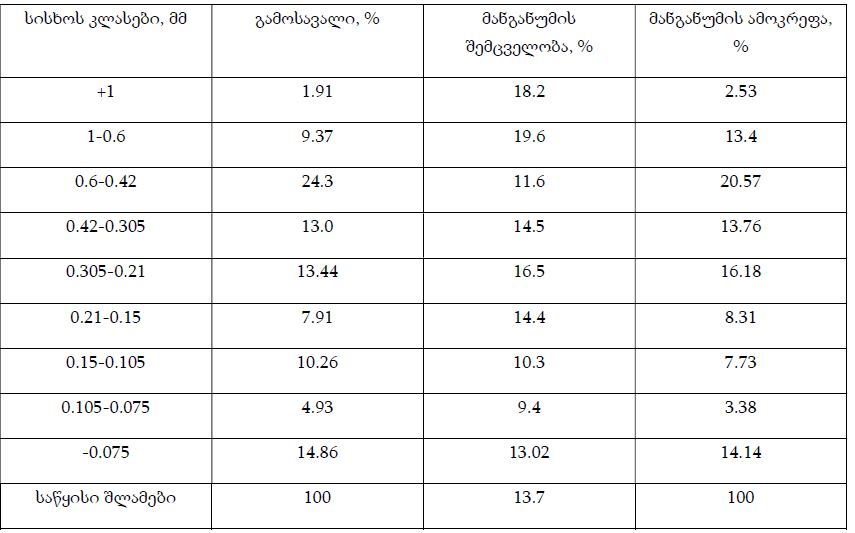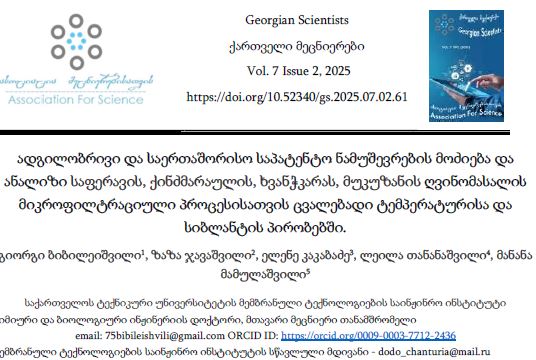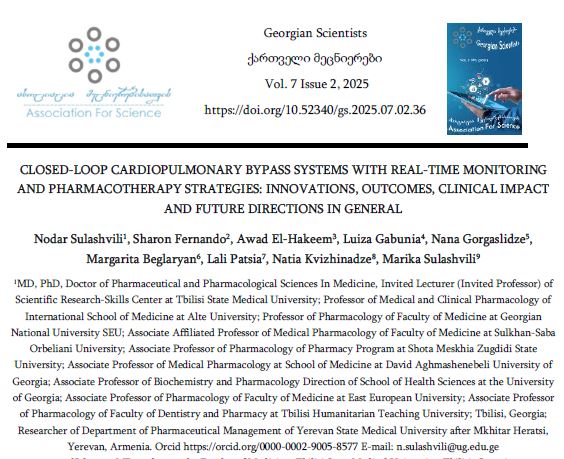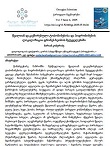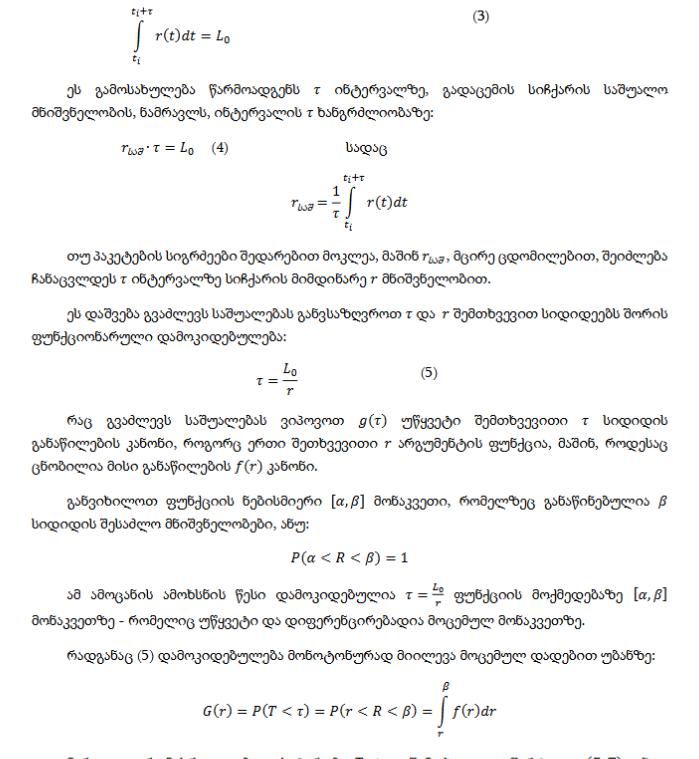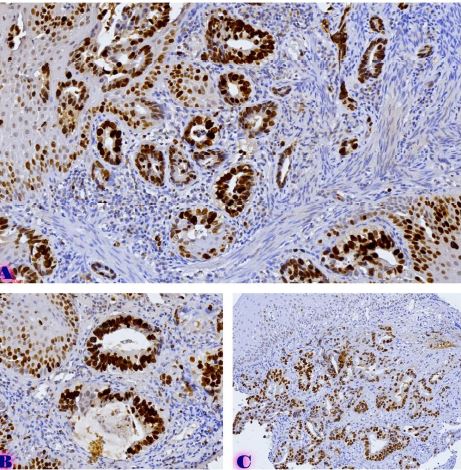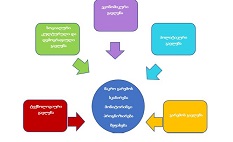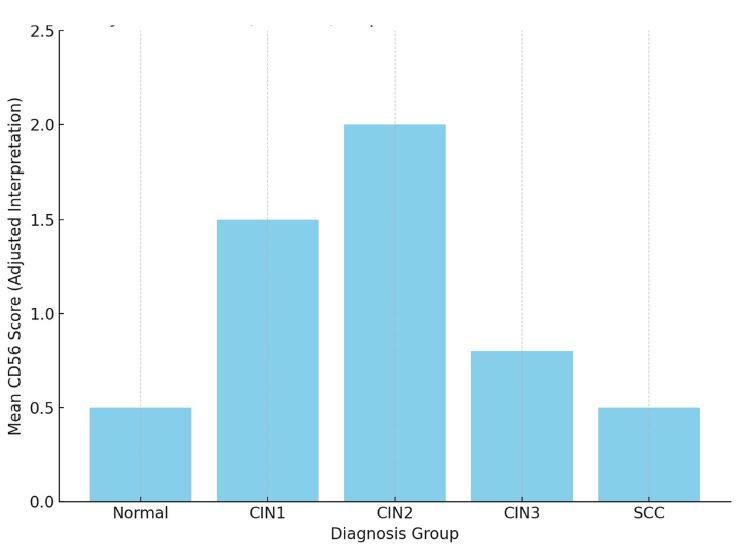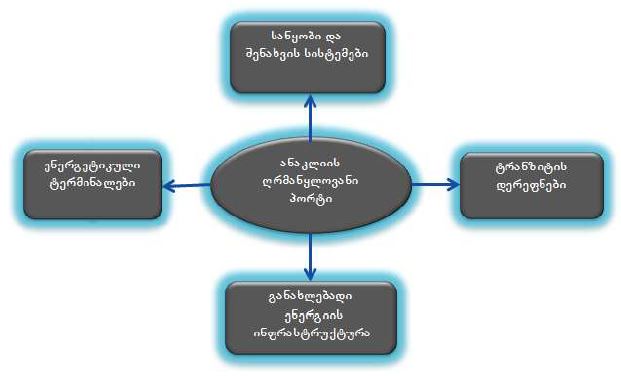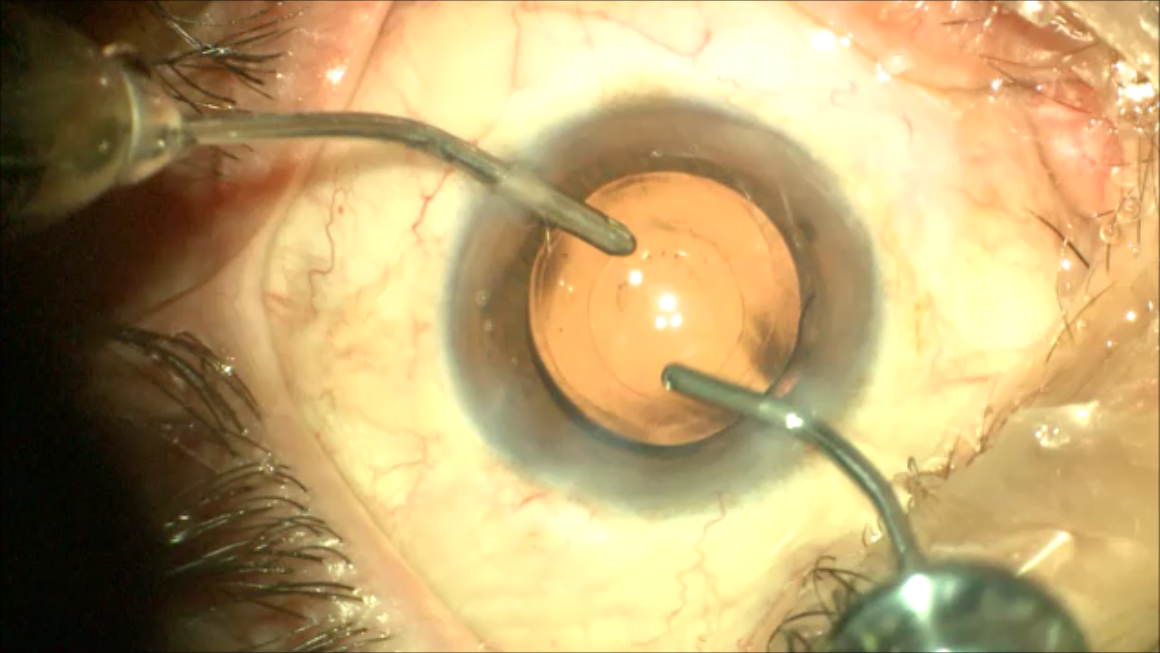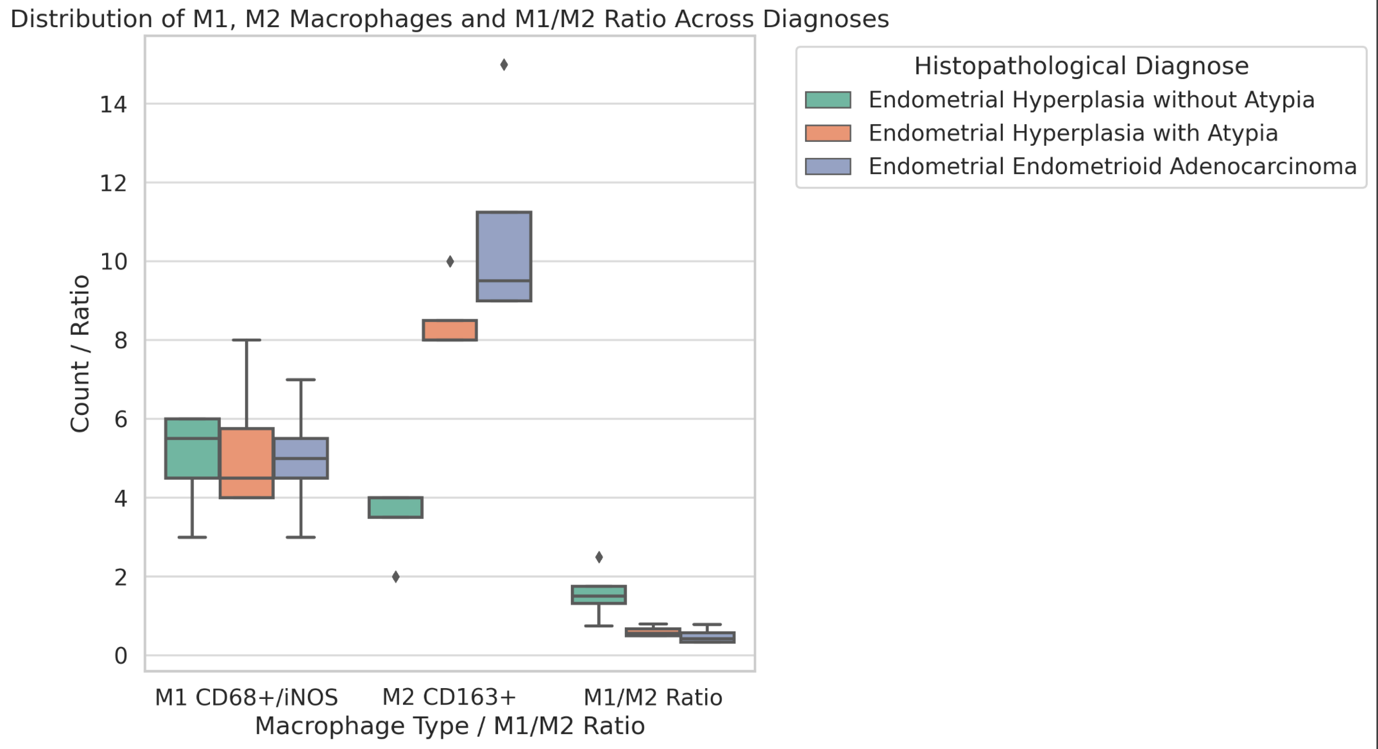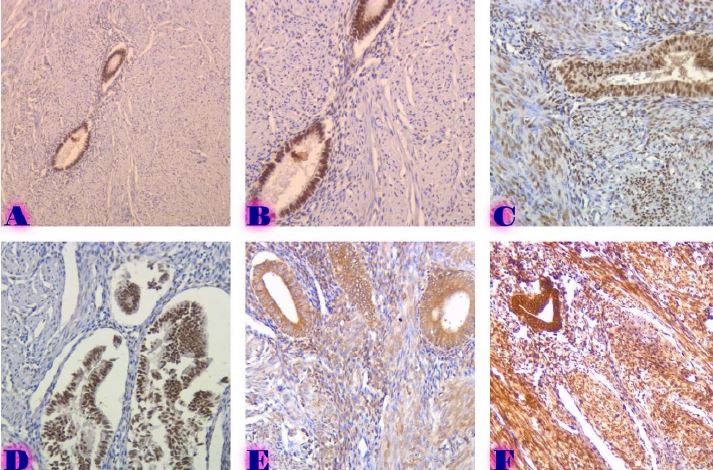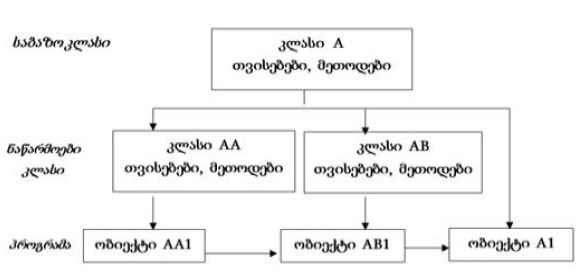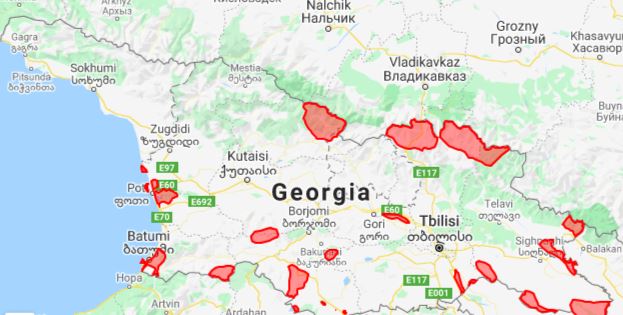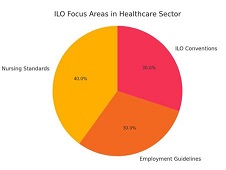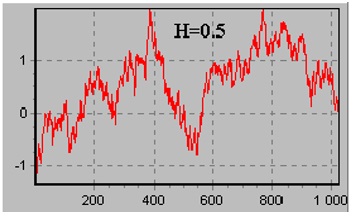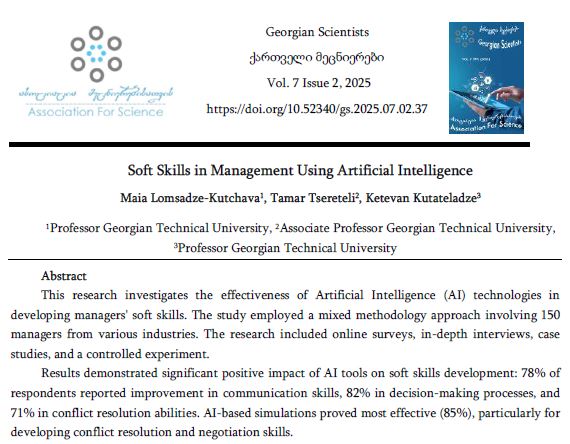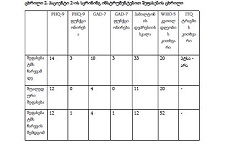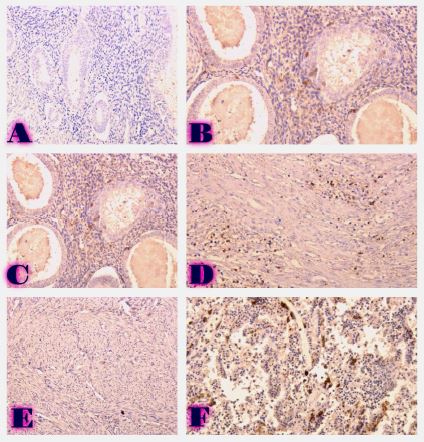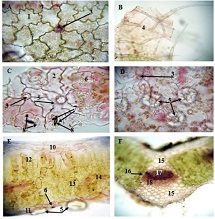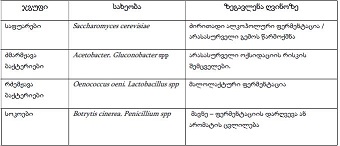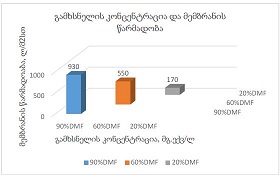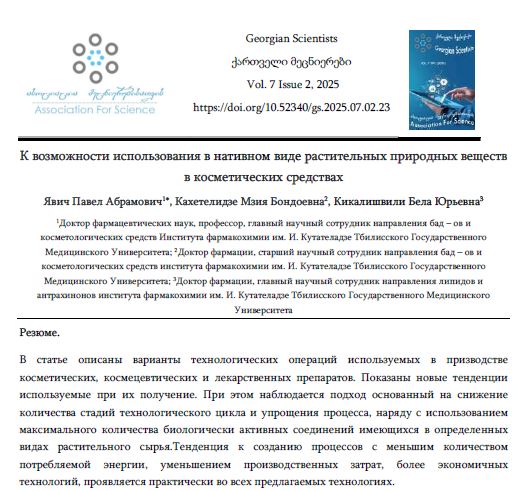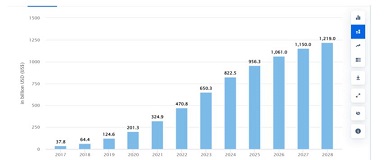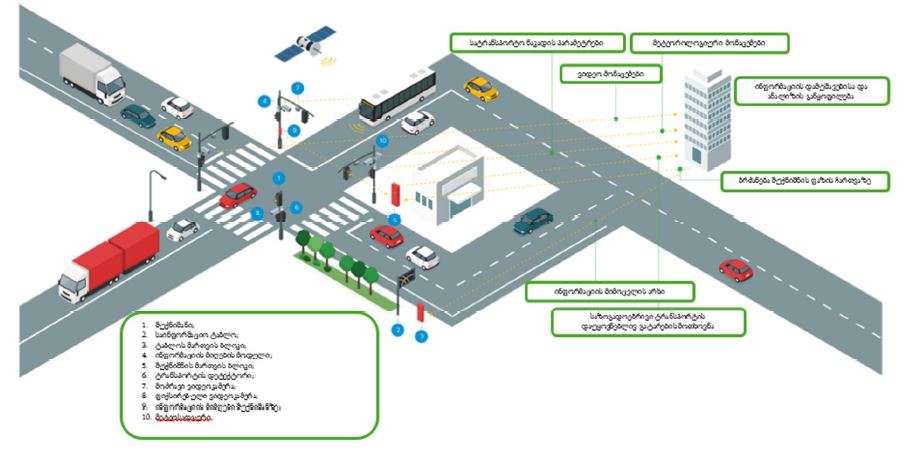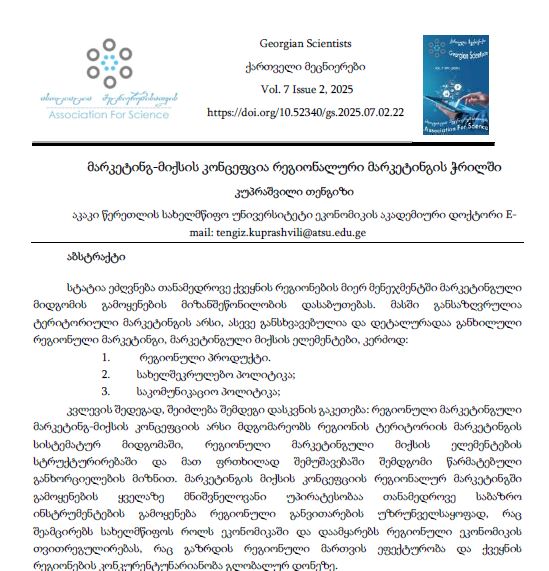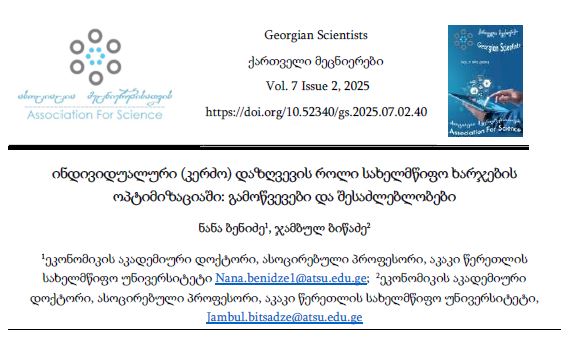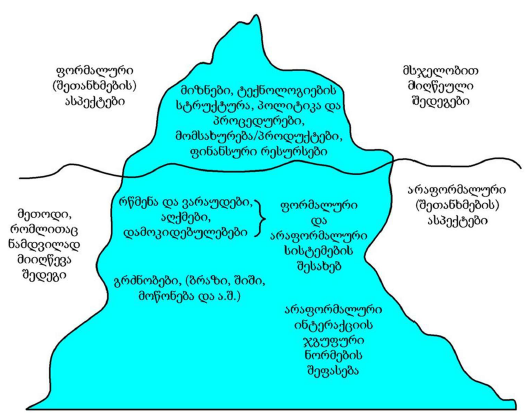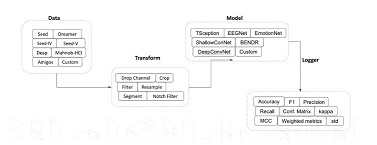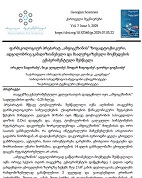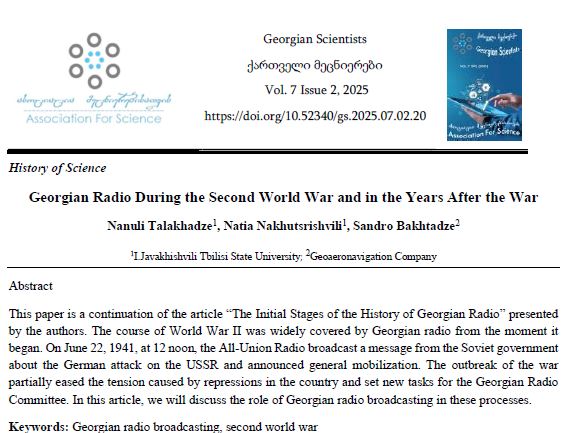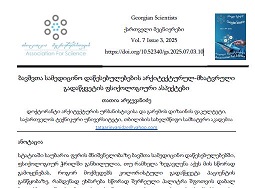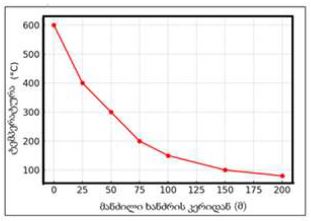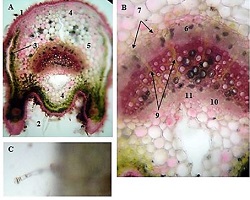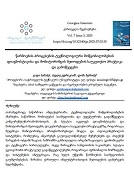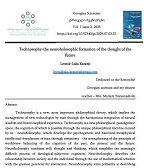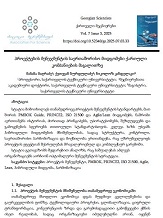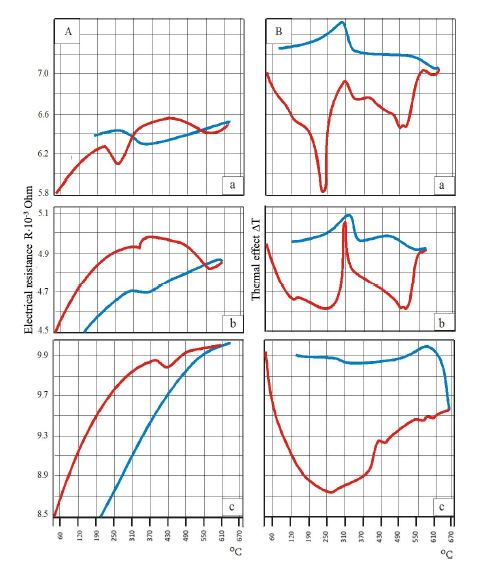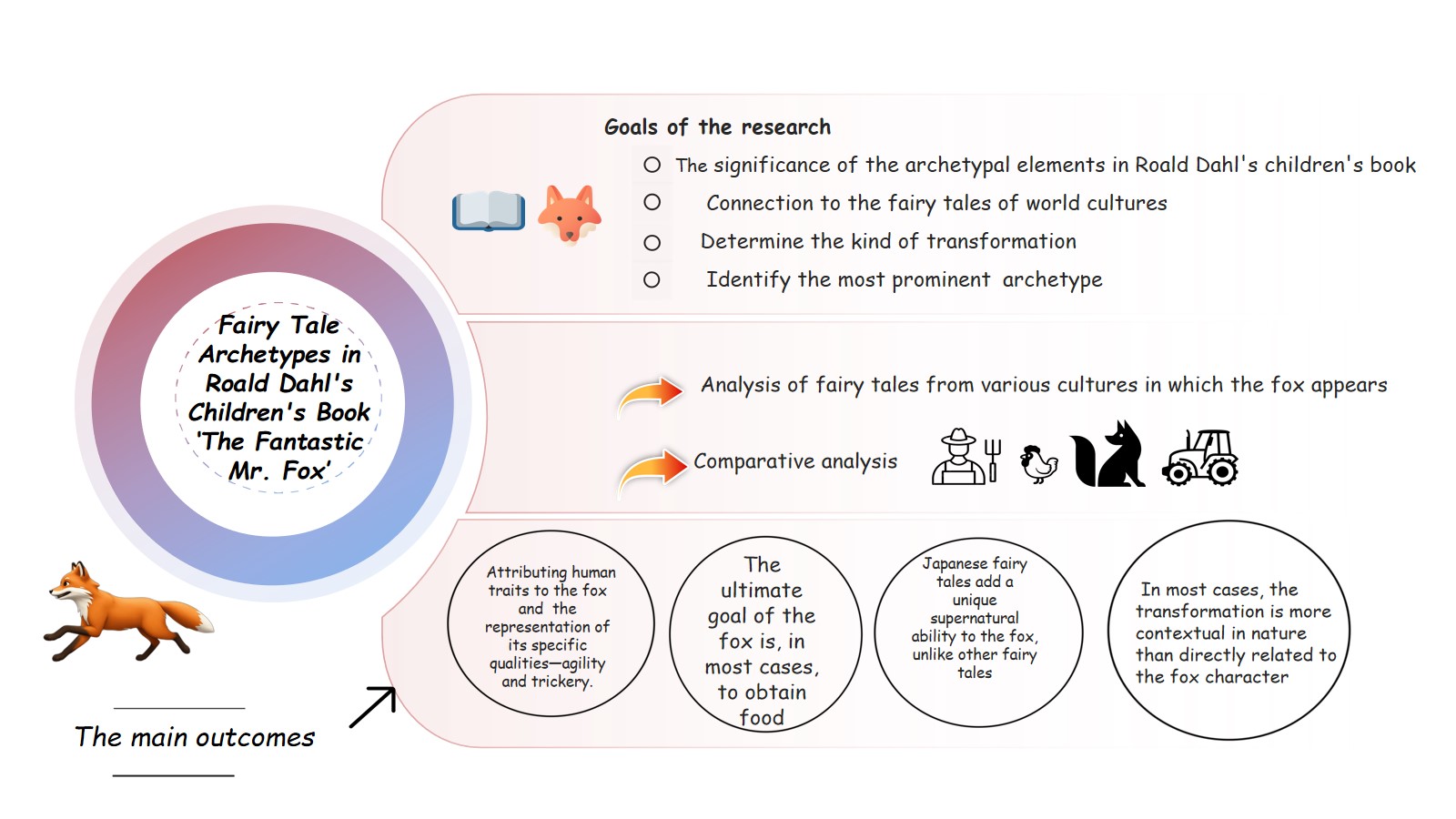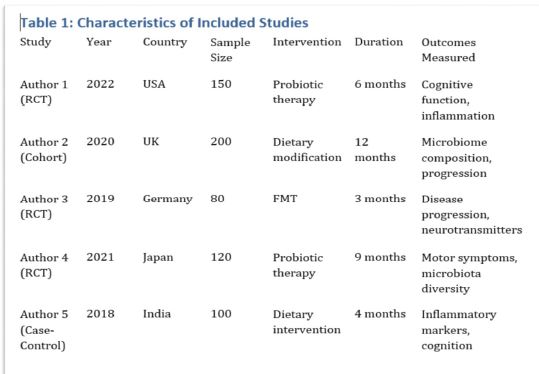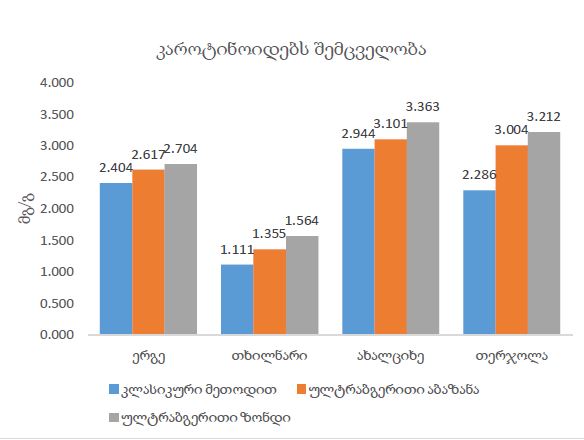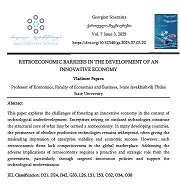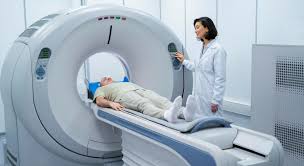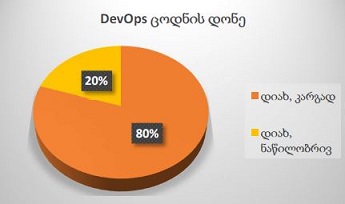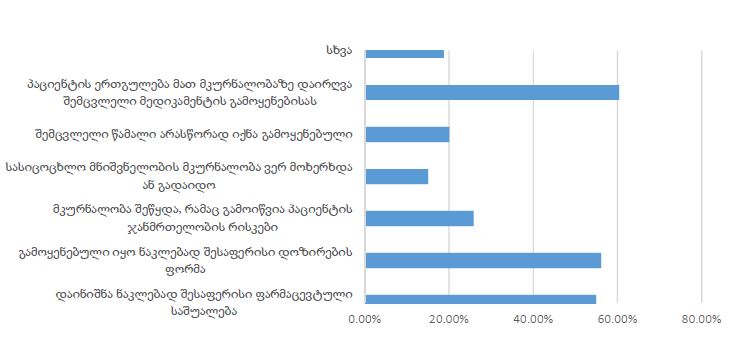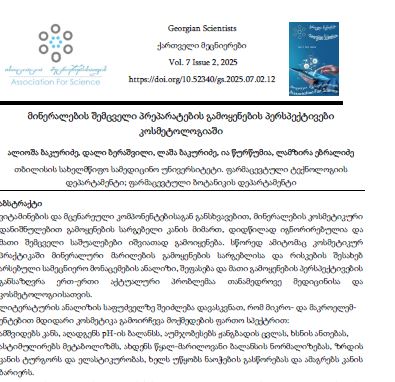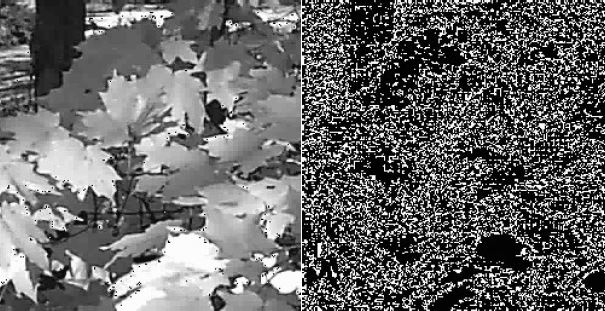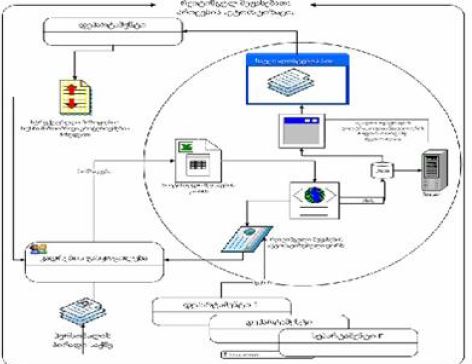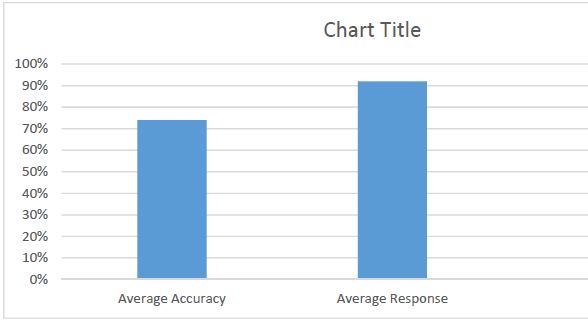Post-COVID Mood Disorders and Their Risk Factors: A Cross-Sectional Study in a Caucasian Cohort
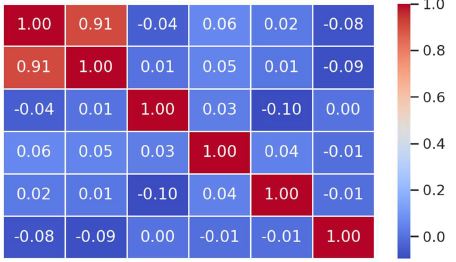
Downloads
Post-acute COVID-19 syndrome has been associated with persistent psychological symptoms, including affective disturbances. This study assesses the severity of mood alterations and examines associated demographic and clinical risk factors in individuals who have recovered from COVID-19.
A cross-sectional study was conducted among 200 individuals from the Caucasian region, 3 to 24 months post-COVID-19 recovery. Affective symptom burden was assessed using the PHQ-9 and Beck Depression Inventory (BDI). Key variables included age, sex, physical health, hospitalisation, quarantine history, vaccination status, and biomarkers (CRP, IL-6).
Descriptive trends indicated elevated affective symptom scores among women, middle-aged participants, and those with poor physical health. However, statistical significance was not achieved (PHQ-9: p > 0.5; BDI: p > 0.2). PHQ-9 and BDI scores correlated positively, validating consistent mood-related symptomatology across tools. Variables such as duration since COVID-19, economic impact, and sleep patterns are under further investigation.
Conclusion: Although not statistically significant, observed trends suggest specific demographic groups may be more vulnerable to post-COVID depressive symptoms. These findings underscore the need for targeted mental health follow-up and future longitudinal studies to validate and further explore these trends.
Downloads
C. J. Watson, R. H. Thomas, T. Solomon, B. D. Michael, T. R. Nicholson, and T. A. Pollak, “COVID-19 and psychosis risk: Real or delusional concern?,” Neurosci Lett, vol. 741, Jan. 2021, doi: 10.1016/J.NEULET.2020.135491.
M. Oldham, A. Slooter, C. Cunningham, and et al., “Characterising neuropsychiatric disorders in patients with COVID-19,” Lancet Psychiatry, vol. 7, pp. 932–933, 2020.
S. Kremer et al., “Neurologic and neuroimaging findings in patients with COVID-19: A retrospective multicenter study,” Neurology, vol. 95, no. 13, pp. E1868–E1882, Sep. 2020, doi: 10.1212/WNL.0000000000010112.
G. Kobaidze, M. Janelidze, T. Sakvarelidze, S. Kepuladze, and S. Kartsivadze, “Assessment of cognitive-mnestic and emotional dysfunction in post-COVID syndrome - a critical review of the literature,” ქართველი მეცნიერები, vol. 6, no. 4, pp. 419–436, Dec. 2024, doi: 10.52340/gs.2024.06.04.40.
P. Austin, “An introduction to propensity score methods for reducing the effects of confounding in observational studies,” Multivariate Behav Res, vol. 46, pp. 399–424, 2011.
I. Siow, K. Lee, J. Zhang, S. Saffari, A. Ng, and B. Young, “Stroke as a neurological complication of COVID-19: a systematic review and meta-analysis of incidence, outcomes and predictors,” J Stroke Cerebrovasc Dis, vol. 30, 2021.
A. B. Docherty et al., “Features of 20 133 UK patients in hospital with covid-19 using the ISARIC WHO Clinical Characterisation Protocol: Prospective observational cohort study,” The BMJ, vol. 369, May 2020, doi: 10.1136/BMJ.M1985.
S. Keddie, J. Pakpoor, C. Mousele, and et al., “Epidemiological and cohort study finds no association between COVID-19 and Guillain-Barré syndrome,” Brain, 2020.
C. Iadecola, J. Anrather, and H. Kamel, “Effects of COVID-19 on the nervous system,” Cell, vol. 183, pp. 16–27, 2020.
M. Panigada, N. Bottino, P. Tagliabue, and et al., “Hypercoagulability of COVID-19 patients in intensive care unit: a report of thromboelastography findings and other parameters of hemostasis,” J Thromb Haemost, vol. 18, pp. 1738–1742, 2020.
C. Watson, R. Thomas, T. Solomon, B. Michael, T. Nicholson, and T. Pollak, “COVID-19 and psychosis risk: real or delusional concern?,” Neurosci Lett, vol. 741, 2021.
N. Vindegaard and M. Benros, “COVID-19 pandemic and mental health consequences: systematic review of the current evidence,” Brain Behav Immun, vol. 89, pp. 531–542, 2020.
Y. Xie, B. Bowe, G. Maddukuri, and Z. Al-Aly, “Comparative evaluation of clinical manifestations and risk of death in patients admitted to hospital with COVID-19 and seasonal influenza: cohort study,” BMJ, vol. 371, 2020.
E. J. Williamson et al., “Factors associated with COVID-19-related death using OpenSAFELY,” Nature, vol. 584, no. 7821, pp. 430–436, Aug. 2020, doi: 10.1038/S41586-020-2521-4.
F. Hernandez-Fernandez, H. Valencia, R. Barbella-Aponte, and et al., “Cerebrovascular disease in patients with COVID-19: neuroimaging, histological and clinical description,” Brain, vol. 143, pp. 3089–3103, 2020.
Copyright (c) 2025 Georgian Scientists

This work is licensed under a Creative Commons Attribution-NonCommercial-NoDerivatives 4.0 International License.












